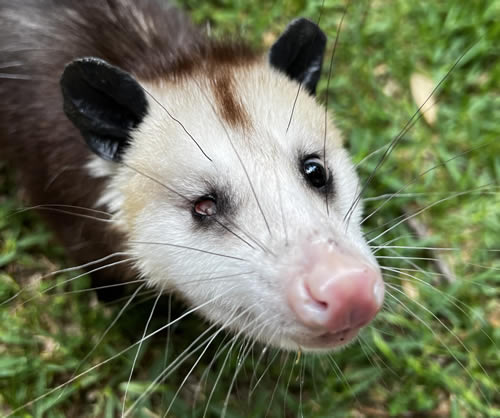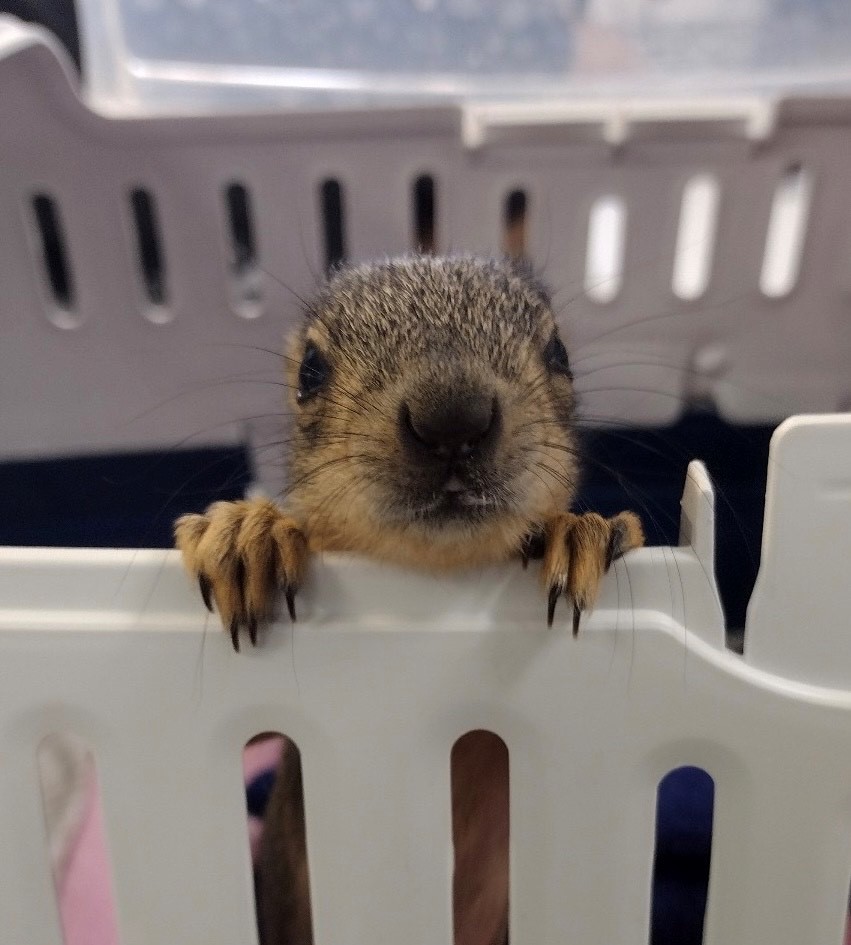By Samantha Norris, Administrative Assistant
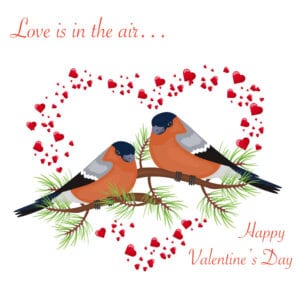
February, the shortest month of the year. But that speaks nothing to its extraordinary qualities. Many of us look forward to the last month of winter, when the sun rises a little higher in the sky each day, when signs of springtime begin to grow, and when love spreads like pollen through the air. What better way to celebrate this month, and Valentine’s Day, than a glimpse at some of Mother Nature’s most extraordinary, lifetime “lovebirds”?
These lengthy partnerships aren’t atypical of our avian friends. As many as 90% of bird species choose monogamy as their reproductive strategy, however, many of such birds are deemed socially, rather than sexually, monogamous. This only means that the eggs in the nest might not all be from the parents caring for them, as females have been noted laying eggs in others’ nests. It is important to revolunteer that birds aren’t concerned with the emotional aspect of the partnership, but rather producing surviving offspring that will pass on their successful genes.
Like mammals, birds invest a great deal of energy into raising their young. Everything from building a nest, incubating eggs, collecting food for their mate, and feeding needy baby birds uses a lot of time and a lot of energy, making long-term mating habits the best option for lots of bird species. Flashy, intricate, and romantic courtship rituals help these birds find their life-long partners. Get ready to meet some of Texas’ most romantic birds, the ones that mate for life.
Bald Eagles
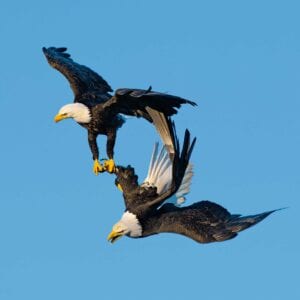
One truly hopeless romantic is the bald eagle (Haliaeetus leucocephalus), the United States’ national emblem since 1782. These regal lovers spend a lifetime together; and it all begins with the grand Cartwheel Display. Both eagles soar high into the sky together, interlock their talons (I’d call that holding hands), and begin flipping, spinning, and twirling downward through the air together in an ultimate display of affection, only breaking away from each other at the last instant. A true spectacle. As a result, both male and female spend up to 3 months building their first nest where they raise a clutch averaging from 1-3 eggs. Male eagles assist in both incubation and feeding the new chicks for the first several months of life. From then on, these lifelong partners spend each winter alone, then meet once again for breeding season. As houseproud parents, they return to the same breeding nest each year to add to and reuse their nursery.
Black Vultures

Normally a bird of grim repute, black vultures (Coragyps atratus) wear their hearts on their wings, metaphorically speaking. Black vultures perform aerial chases during courtship, the males diving down towards their dates from high altitudes. She dives away, then together they quickly descend in flighty passion. When grounded, they show off their affection with circling displays, extending their necks and facing each other with open wings, bobbing their heads, wooing one another with every move.
Once he’s won her over, their love story begins. These lifelong lovers remain together year-round, tirelessly providing for their 2-egg clutches. Committed to the success of their offspring, vulture parents may sometimes provide food for them as long as eight months after fledging. Talk about teamwork.
Sandhill Cranes
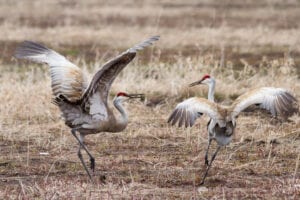
There may be nothing more breathtaking than the courtship dance of sandhill cranes (Grus canadensis). These elegant, crimson-crowned lovers stand out from the monogamous bird world by professing their love in one of the most spirited mating displays in the animal kingdom. Long, intricate performances frequently involve the circling of one crane around another, or the mutual rotation of both partners. With graceful and energetic displays of outstretched wings, head pumps, bows, leaps into the air, unison trumpeting, and the toss of a stick or grass into the air, a successful dance marries the pair for life.
The newlyweds work together building and caring for their ground nest, then parent up to two chicks. The cranes migrate as a family to and from their southern wintering grounds, back to their natal region that they devotedly occupy and defend year after year. Although the courtship dancing is most common during the breeding season, cranes dance all year long, strengthening the bond of their lifelong relationship and teaching their young the ancient love language of the sandhill crane.
. . . . .
Many other bird species exchange the powerful “till death do us part” with their own unique courtship rituals, sealing their bond for decades to come. Albatrosses, penguins, swans, geese, parakeets, puffins, and even California condors, just to name a few.
In the animal world, it all boils down to producing healthier and more adaptable offspring to keep their species strong. But for us lovestruck humans, their lifelong partnerships are profound, heartfelt, and just plain admirable. This Valentine’s Day let’s all take a little inspiration from some of the greatest lifelong avian partnerships. After all, love truly is in the air.

